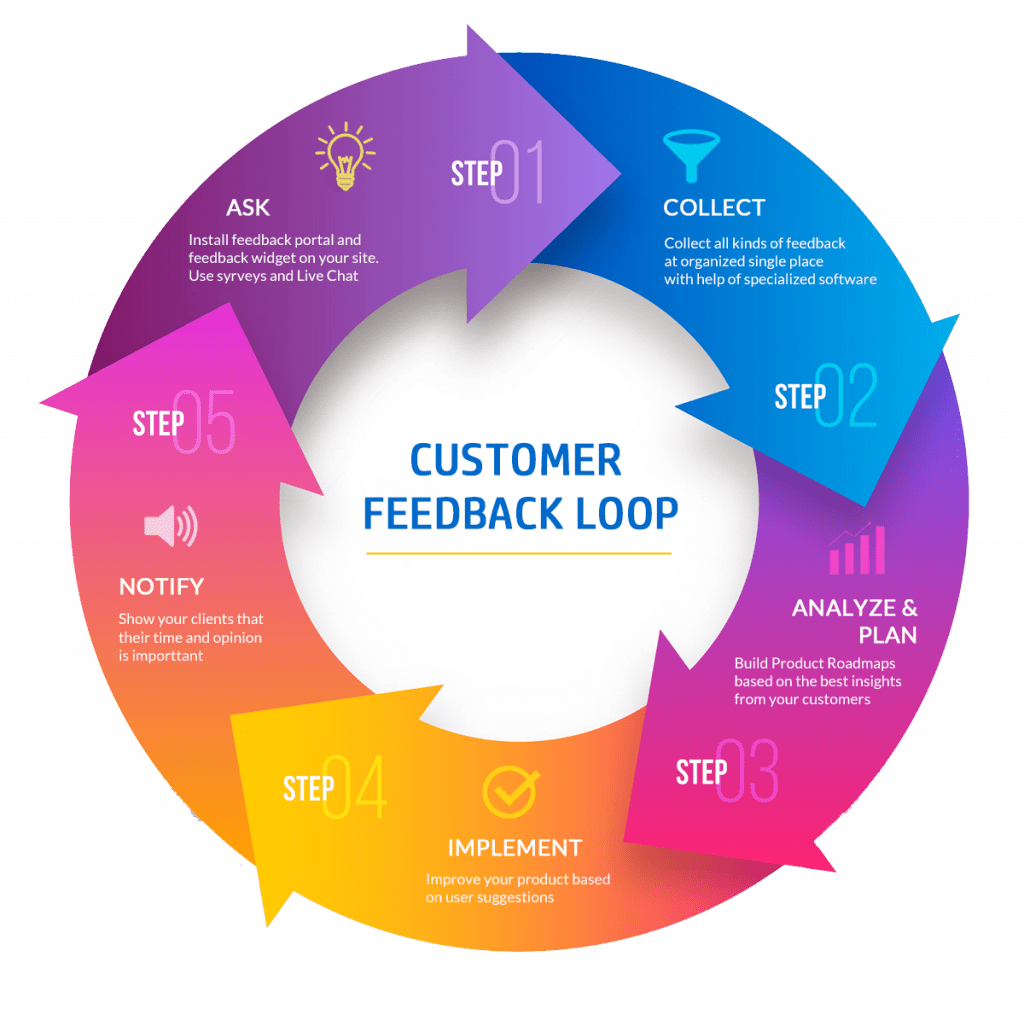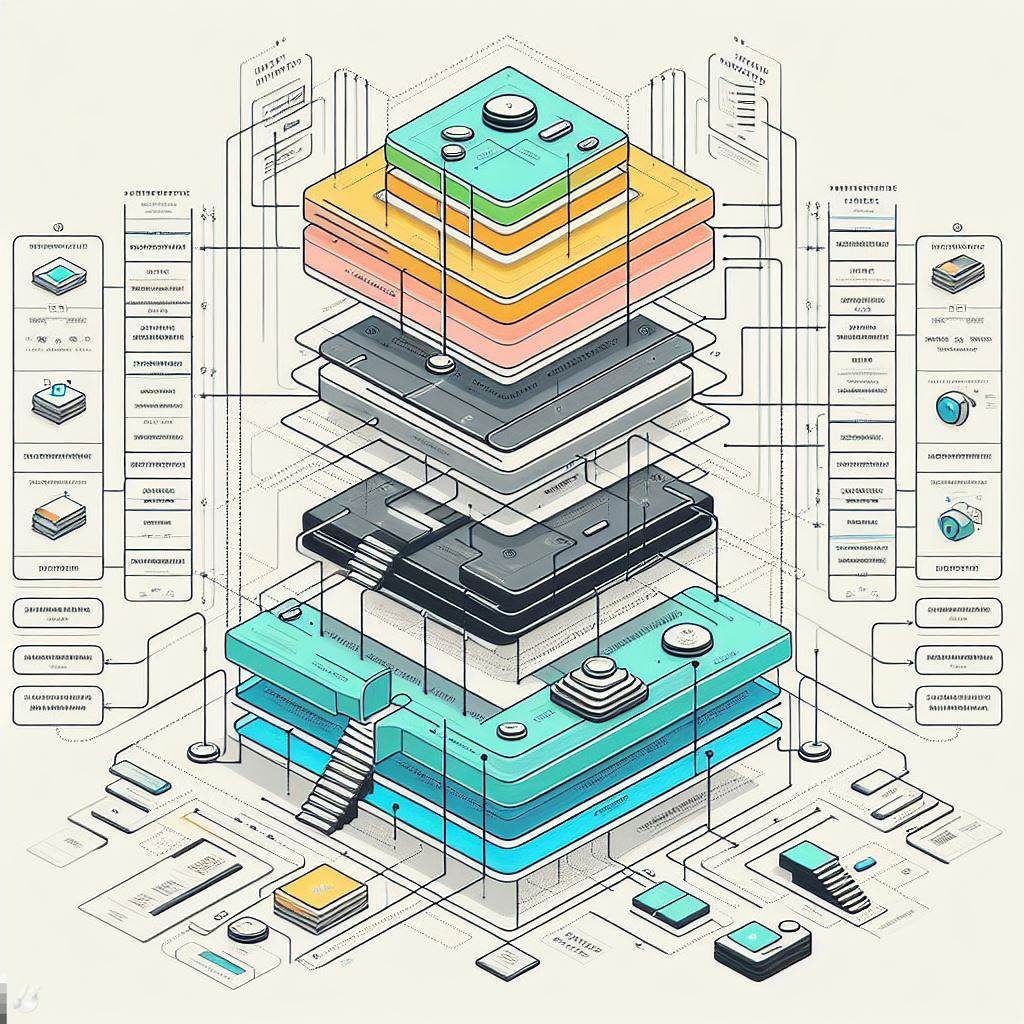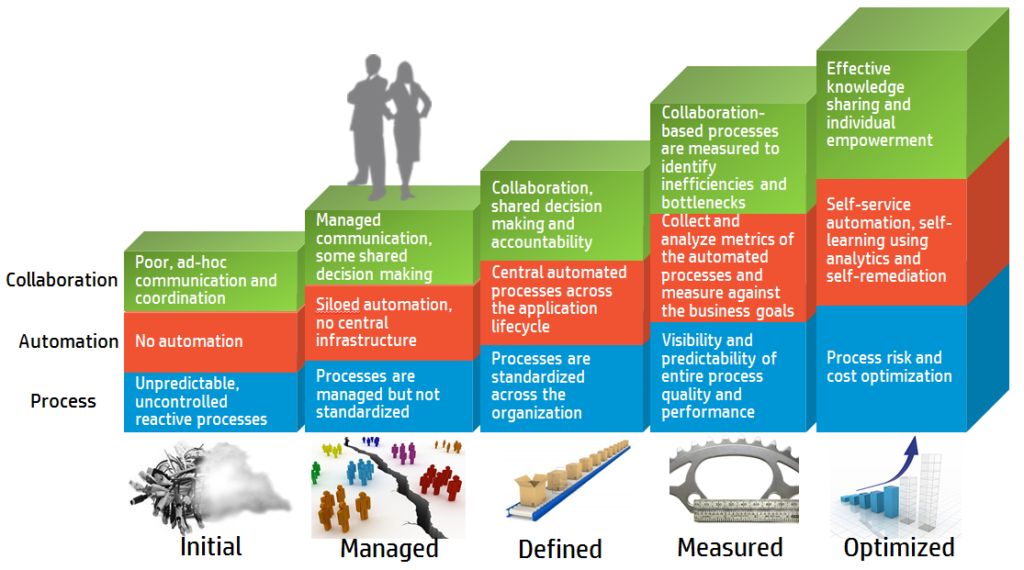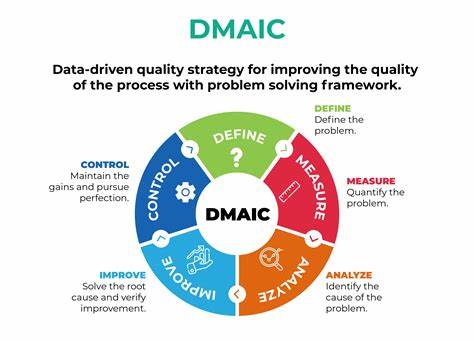Problem solving is a skill that can be applied to various domains and situations. However, not all problems are the same, and different types of problems require different approaches and strategies. In this lecture, we will discuss root cause analysis in detail. We can recall from previous posts, how to formulate a plan for problem solving, which involves the following steps:
Classify the problem: Identify the nature, scope, and context of the problem. Is it a well-defined or ill-defined problem? Is it a simple or complex problem? Is it a local or global problem? How does it affect the stakeholders and the environment?
Identify the risks: Assess the potential consequences and challenges of the problem. What are the costs and benefits of solving or not solving the problem? What are the possible obstacles and uncertainties that might hinder the solution? What are the ethical and social implications of the problem and the solution?
In This Post
Root Cause Analysis
Root cause analysis (RCA) is a method of finding and solving the underlying causes of problems, rather than just treating the symptoms. RCA can help prevent or reduce the recurrence of problems by addressing the root causes, rather than applying temporary fixes. RCA can also help identify opportunities for improvement and innovation by analyzing the factors that contribute to success or failure.

There are different techniques and methods for conducting RCA, depending on the nature and complexity of the problem. Some common RCA techniques are:
- The 5 Whys: This technique involves asking “why” repeatedly until the root cause is reached. For example, if a customer is dissatisfied with a product, we can ask: Why is the customer dissatisfied? Why did the product not meet their expectations? Why was the product not designed or tested properly? Why was the design or testing process flawed? Why was there no quality control or feedback mechanism in place?
- The Fishbone Diagram: This technique involves creating a diagram that resembles a fishbone, with the problem as the head and the possible causes as the bones. The diagram helps to organize and categorize the causes into different branches, such as people, processes, equipment, materials, environment, etc. For example, if a machine breaks down, we can create a fishbone diagram that shows the possible causes related to the machine itself, the operator, the maintenance, the power supply, the weather, etc.
- The Fault Tree Analysis: This technique involves creating a diagram that resembles a tree, with the problem as the root and the possible causes as the branches. The diagram helps to identify the logical relationships and dependencies between the causes, using symbols such as “AND” and “OR” to indicate how they combine to produce the problem. For example, if a fire occurs in a building, we can create a fault tree diagram that shows the possible causes related to the ignition source, the fuel, the oxygen, the ventilation, the fire detection, the fire suppression, etc.
These are some examples of RCA techniques, but there are many more that can be used depending on the situation. The main goal of RCA is to find the root cause of a problem and provide enough information to inform a corrective course of action. RCA can also help to prevent or replicate the root cause of an opportunity and provide enough information to inform a creative course of action. RCA is a valuable skill for organizational leaders who want to solve problems effectively and improve performance.
If you want to learn more about RCA, you can check out these web pages:
- Root Cause Analysis: Definition, Examples & Methods | Tableau
- Root Cause Analysis: What It Is & How to Perform One | HBS Online
- What is Root Cause Analysis (RCA)? | ASQ
Find the underlying source or reason for the problem. Why does the problem exist? What are the factors or variables that contribute to the problem? How can we verify or test the root cause?
Choose the tools: Select the appropriate methods, techniques, or frameworks that can help solve the problem or move towards the solution. What are the criteria or goals for the solution? What are the available resources and tools? How can we evaluate the effectiveness and efficiency of the tools?
Depending on the type and context of the problem, there are many ways of analyzing the root cause and choosing the tools. Some of the popular methods are:
Feedback Loop
This is a better way of problem solving for web developers, software developers, as the steps are decided on the basis of user experience and their feedback. It involves collecting feedback from the users, analyzing the data, identifying the issues, implementing the changes, and repeating the cycle until the desired outcome is achieved.

First Principle Breakdown
This is a way of simplifying the root cause of a problem by breaking it down into its fundamental principles or assumptions. It is rethinking the root cause from the ground up, rather than relying on existing knowledge or conventions. It involves asking questions like “What do we know for sure?”, “What are the basic facts or truths?”, “What are the core concepts or elements?” and “How can we deduce or infer the rest from them?”

Lightening Decision Jam
This is a system of prioritization that helps to identify the most important and urgent problems and solutions. It is a preferable system wherein stakeholders are on remote locations. It involves writing down the problems, voting on the most critical ones, brainstorming the solutions, voting on the best ones, and assigning the tasks and deadlines.
Design Thinking
Design thinking is a creative and human-centered approach to problem-solving that can help you generate innovative solutions for various challenges. Design thinking involves understanding the needs and perspectives of the users, defining the problem clearly, brainstorming and prototyping possible ideas, and testing and refining the solutions. Design thinking can be applied to any domain, such as business, education, health, social impact, and more.
Some of the benefits of design thinking are:
- It helps you empathize with your users and create solutions that are tailored to their needs and preferences.
- It helps you challenge your assumptions and explore different possibilities and perspectives.
- It helps you iterate and learn from your failures and feedback, and improve your solutions continuously.
- It helps you collaborate and communicate effectively with your team and stakeholders, and foster a culture of innovation and creativity.
If you want to learn more about design thinking, you can check out some of the web pages that I found for you:
- What is Design Thinking? — updated 2023 | IxDF: This page provides a comprehensive definition of design thinking and its five stages: empathize, define, ideate, prototype, and test. It also offers some examples and resources to help you apply design thinking to your work.
- Design thinking, explained | MIT Sloan: This page explains the concept and importance of design thinking, and provides some tips and techniques to help you master the skills involved in design thinking, such as empathy, brainstorming, prototyping, and testing.
- What is design thinking? | McKinsey: This page introduces the principles and practices of design thinking, and how it can help you create maximum impact and value for your customers, employees, and the planet. It also shows some case studies and videos of how design thinking has been used in various industries and contexts.

Process View
This is a way of solving the problems in offices, industries, or organizations. That is ensuring that the cycle continues to run than prioritizing innovation. It involves mapping out the process, identifying the inputs and outputs, measuring the performance, analyzing the gaps, and improving the process.
Six Sigma DMAIC
This is a problem solving protocol of Six Sigma, which is a set of tools and techniques for improving the quality and efficiency of processes. It involves defining the problem, measuring the current state, analyzing the root cause, improving the process, and controlling the outcome.
These are some of the common methods of formulating a plan for problem solving, but there are many more that can be used depending on the situation and the domain. The key is to choose the method that best suits the problem and the goals, and to apply it systematically and rigorously.

Stay tuned for our next lecture on Common Mistakes in Problem Solving

